The Room-by-Room Guide of How To Insulate Your Home
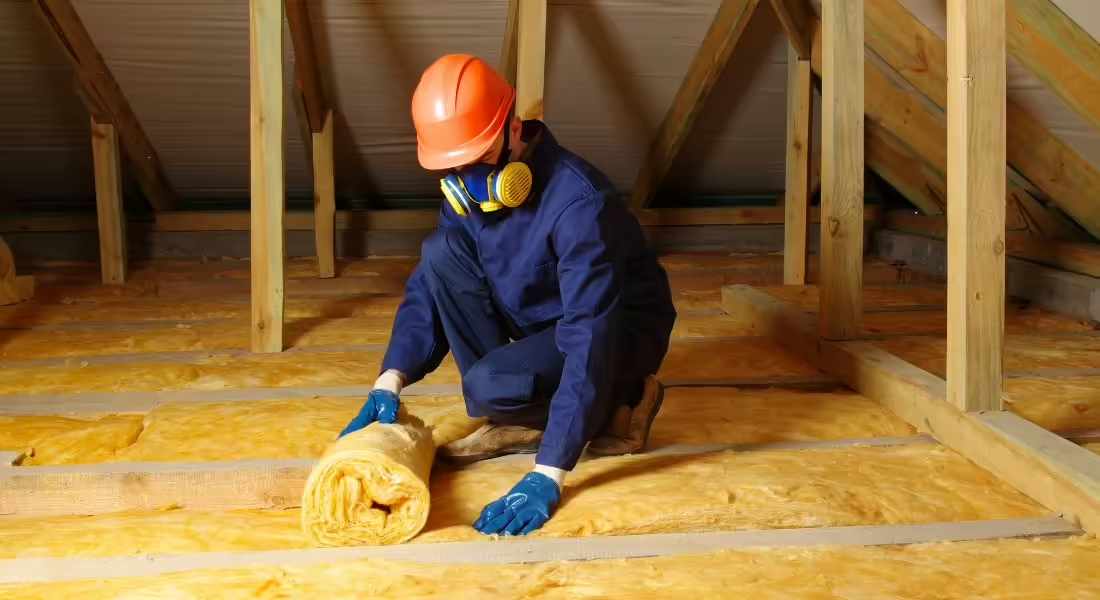
Many homes don’t have proper insulation, and the homeowners are paying higher energy bills and living in uncomfortable temperatures. If this is your case, this guide will show you how to insulate your home room-by-room. You’ll gain a deeper understanding of ways to upgrade your insulation, allowing you to reduce your heating and cooling bills and create a house with even temperatures.
Attic or Loft Space
Starting at the top of your home is the best place to begin. In fact, most insulation experts argue it’s the most important place to insulate. Hot air rises, and the heated or conditioned air will escape if you have an improperly insulated attic. As your HVAC attempts to correct the temperature fluctuations, your energy bills will increase, and certain areas of your home will experience more drastic temperatures.
However, before adding new insulation to the attic, you need to assess what’s happening there. Check if your attic has proper ventilation, and clean up the space. Insufficient ventilation can lead to excess moisture buildup. Then, you could deal with more significant home damage.
Once everything is clean and functioning, install insulation in targeted areas. Mainly, you should insulate the attic walls and floors. If you happen to be building your home, raise the attic decking above the ceiling joists to give the insulation space to occupy.
In addition to the insulation, adding radiant barriers in the attic rafters will help reduce summer heat and decrease your cooling costs.
Bedrooms and Living Room
If your home sits on a slab with no basement, insulate the floor to protect your feet from the cold. But the opposite is true if you have a basement or middle stories below your bedroom and living room. Insulating the floors in this case will block the air from circulating throughout the house. Instead, stick with the traditional internal-wall insulation to be safe.
If you have extra funds, you can add insulation to the ceilings, external walls, and floors of your living room and bedroom. Insulating the external walls helps you get the best return on investment, but it’s more expensive than internal-wall insulation.
Bathroom
The bathroom’s main problem is moisture control. All those steamy, hot showers can have consequences without correct insulation. However, the excess moisture also makes them fairly complicated to insulate. Without proper ventilation, water becomes trapped in the walls, causing mold and mildew growth. These growths are dangerous to your and your family’s health.
Therefore, you need to choose an insulation that is mold and mildew resistant. It also needs to be a quick-drying material that restricts airflow. Insulate the exterior walls and the hot and cold pipes. The pipe insulation will help stop the lines from freezing in the winter and regulate the temperature.
Home Office
What do you most want when you’re working from home? If you thought peace and quiet, then insulation can help with this. The television, the kids yelling, and any other sounds need to stay out of the home office for you to work productively. Likewise, you don’t want to disturb others in the house with your phone calls or computer typing.
Use insulation that offers both thermal- and sound-control qualities for an effective and comfortable home office. It’s also one room of your home where insulating the interior and exterior makes sense. To go the extra mile, decorate the room with soft materials—such as carpets or rugs—to provide extra soundproofing. The thick material will help absorb sound.
Kitchen
The kitchen is the heart of many homes, which means a lot of noise happens in this room. After all, it’s where everyone gathers and cooks. Think of all the pots and pans clanging together and the knives chopping up vegetables for lunch or dinner. Therefore, soundproofing insulation is a good idea for every kitchen.
Furthermore, thanks to all the cooking and dishwashing, excess moisture can build up and create damage in a kitchen. When installing kitchen insulation, look for an insulation type that can stand up to water. There are insulation types with vapor-collecting properties that help stop the excess moisture from creating home damage.
Basement
If you haven’t insulated your basement, you should definitely consider doing so. Due to being underground, it is particularly prone to cold temperatures and can cause intense temperature fluctuations throughout the rest of your home. Therefore, insulating your basement can help keep your energy bills down and keep your home comfortable, saving you money. Basement insulation also provides moisture control, which is crucial, as this room is at a higher risk for mold and water damage.
Your interior and exterior basement walls need to be clean and dry before you can insulate. You should also take care of any moisture issues in the foundation before applying insulation. Lastly, consider installing insulation in the basement ceiling for a temperature-controlled environment.
Crawlspace
Your home may have a crawlspace instead of a basement, or it may have both. Regardless, adding insulation to your crawlspace can protect your pipes and help create a comfortable environment. Insulate the foundation walls and leave the floor between the crawlspace and the house alone. The piping and ductwork will help maintain consistent temperatures year-round.
Handling Insulation Safely
Insulation can irritate your skin and airways, especially spray foam, fiberglass batts, and blown-in insulation. If you’re going to install the insulation yourself, follow all the safety procedures. Ensure you wear personal protective equipment for your skin, eyes, respiratory system, and skin.
However, if you’re updating the insulation on an older home, hire a professional to inspect for asbestos. There’s no safe exposure to asbestos, but professionals will have the proper training and equipment to identify and safely remove it.
Let the Professionals Handle the Heavy Work
Some insulation types require professional installation. If not, you risk compromising the integrity of the insulation and not receiving any of the benefits it can provide. One of these types is spray foam insulation. This is an excellent insulation option, as it effectively prevents high energy consumption and mold growth. If you choose this type of quality insulation, hire local insulation installers to ensure the process goes well. Paragon Protection is a team of experienced spray foam insulation contractors in McHenry, Illinois.
Paragon Protection will also help you choose the best insulation for your home. We may suggest different types for different areas to ensure a comfortable home all year. We’re also happy to answer any questions and guide you through the room-by-room insulation process. To learn more, contact us today!
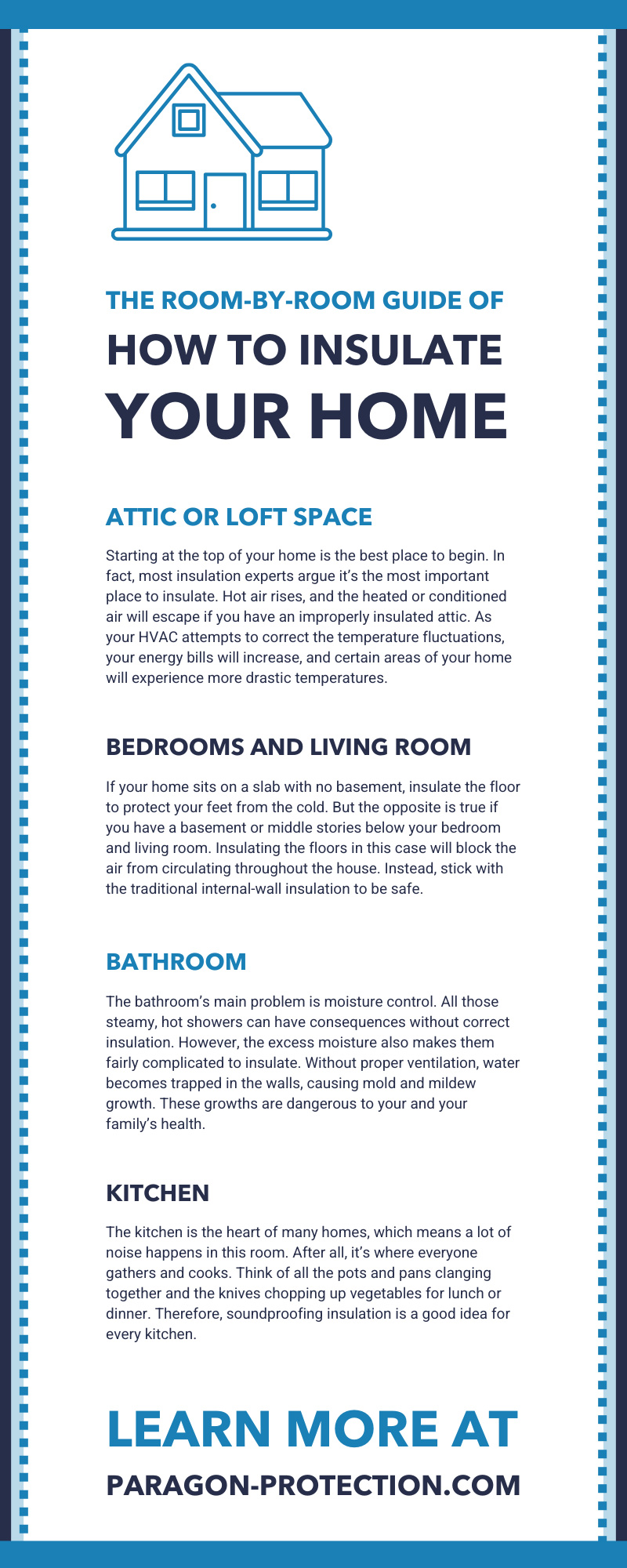

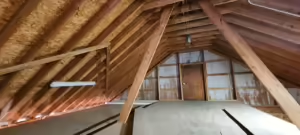
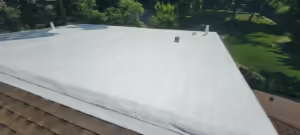
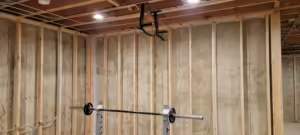
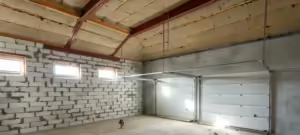

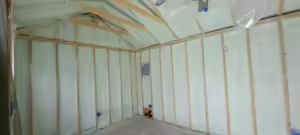
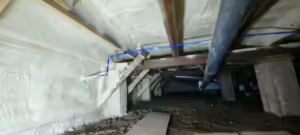
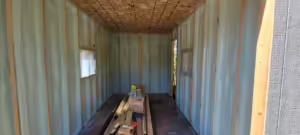


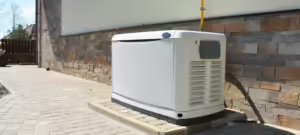
 Insulation Services
Insulation Services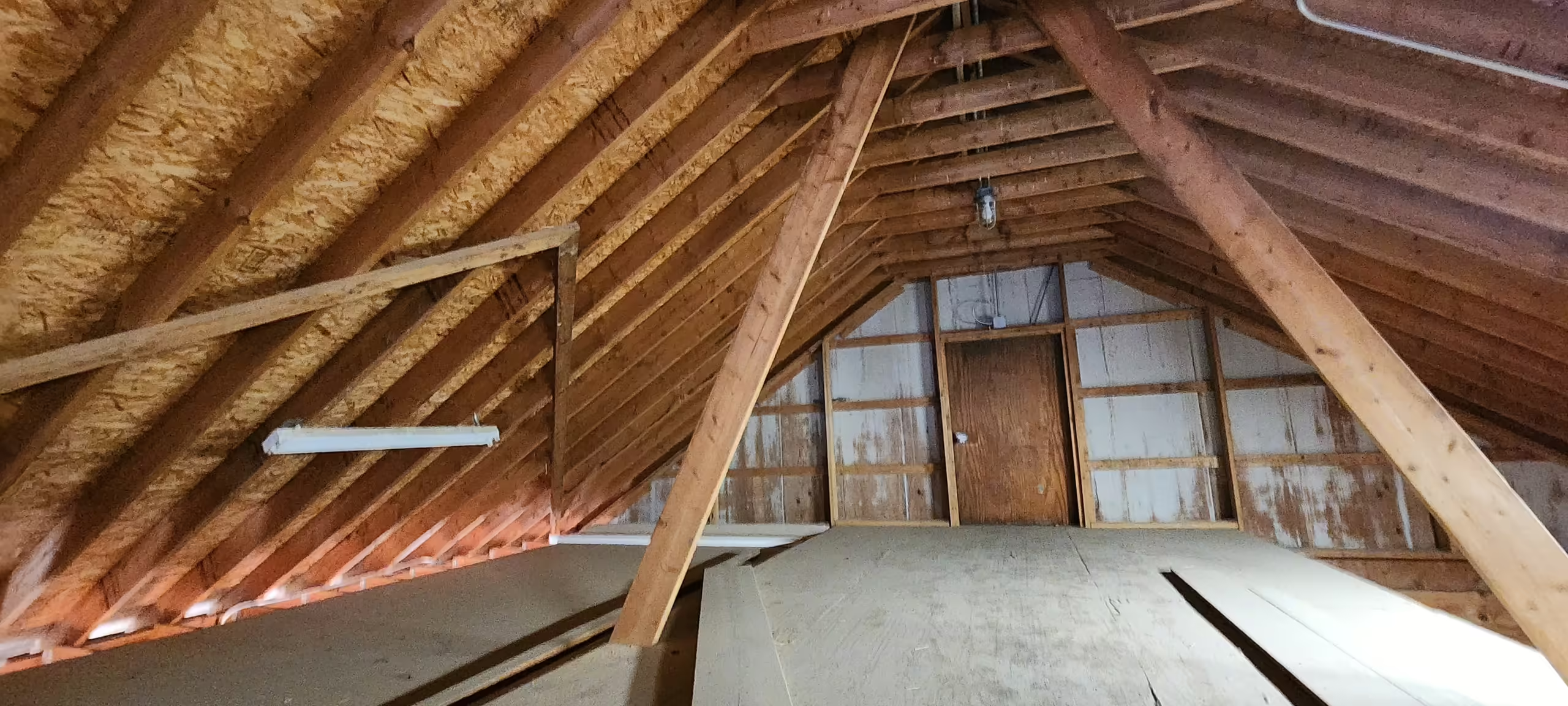 Attic Insulation Services
Attic Insulation Services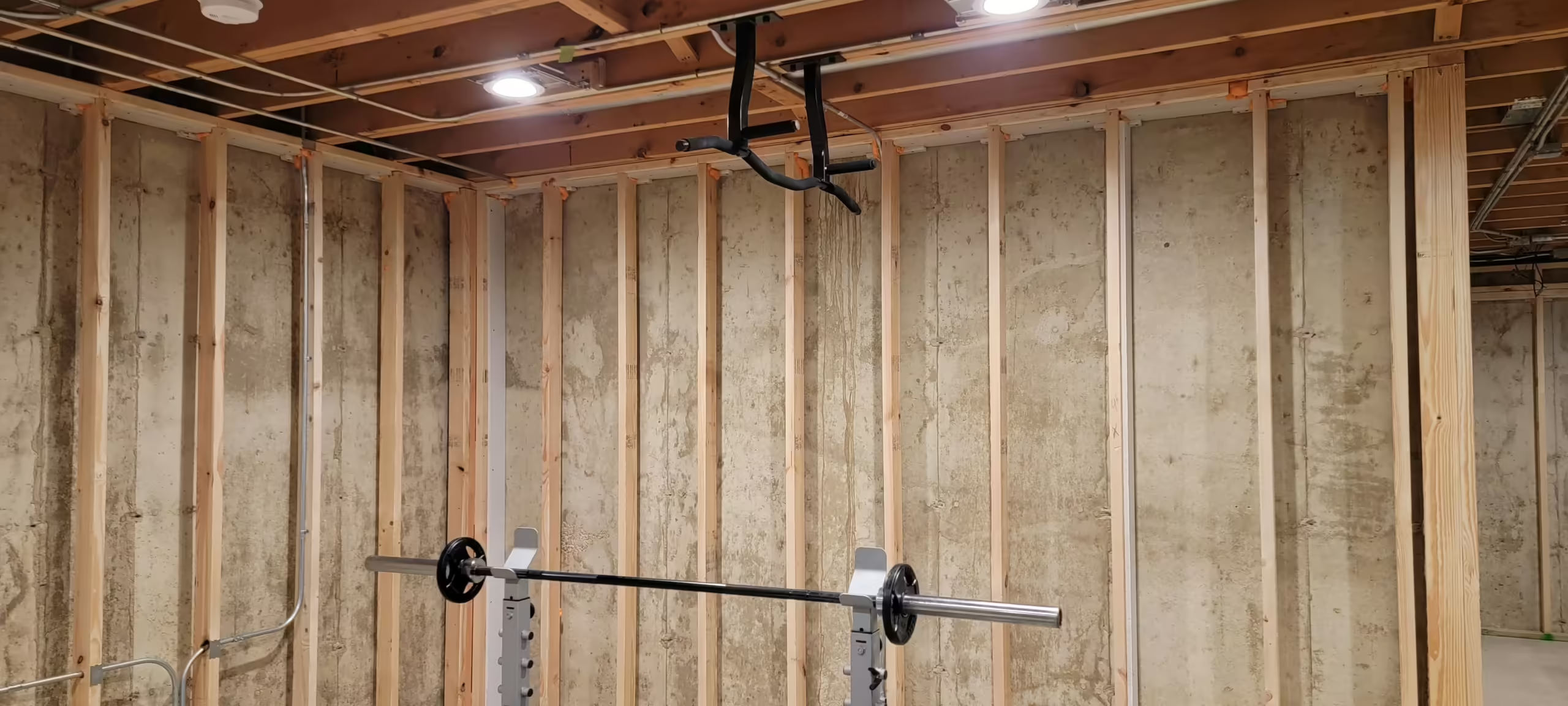 Basement Insulation
Basement Insulation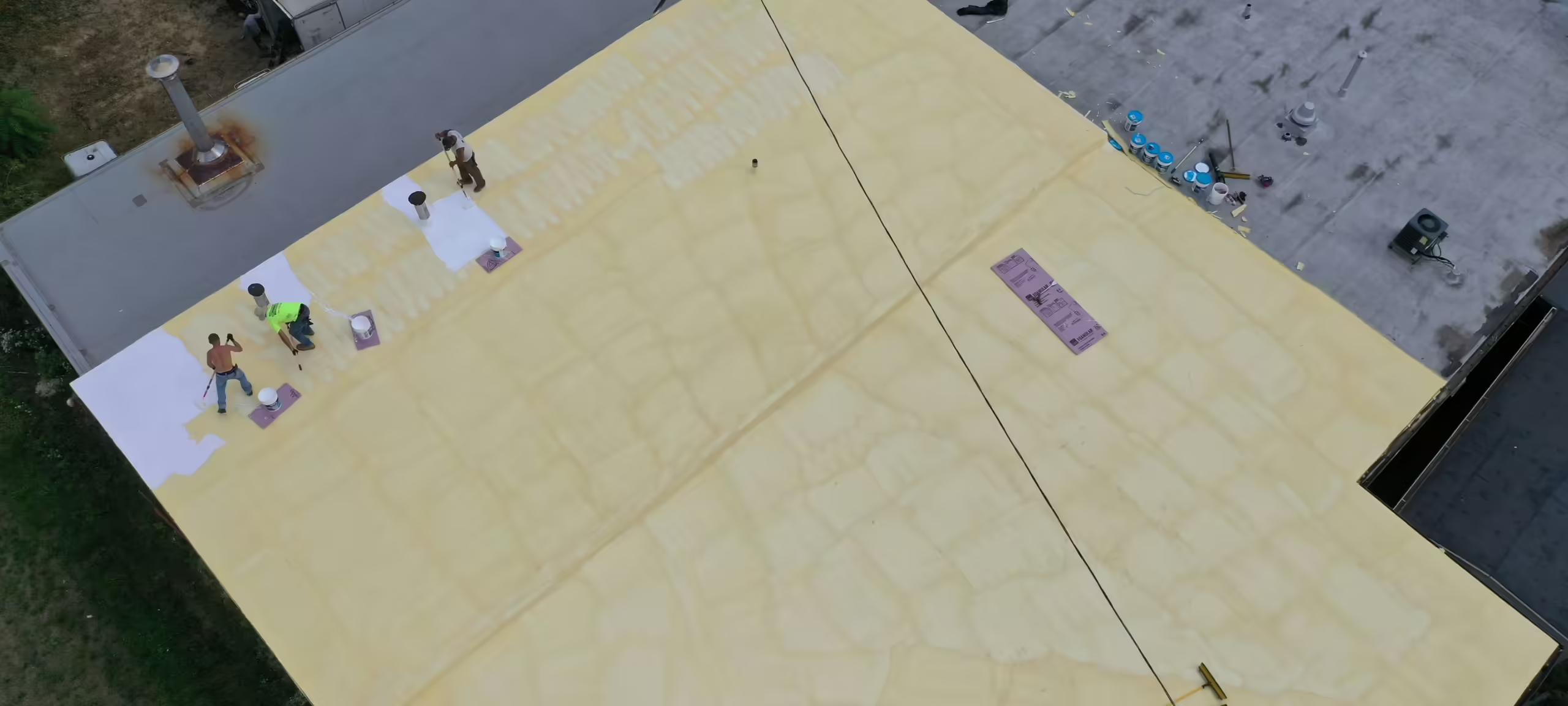 Commercial Insulation
Commercial Insulation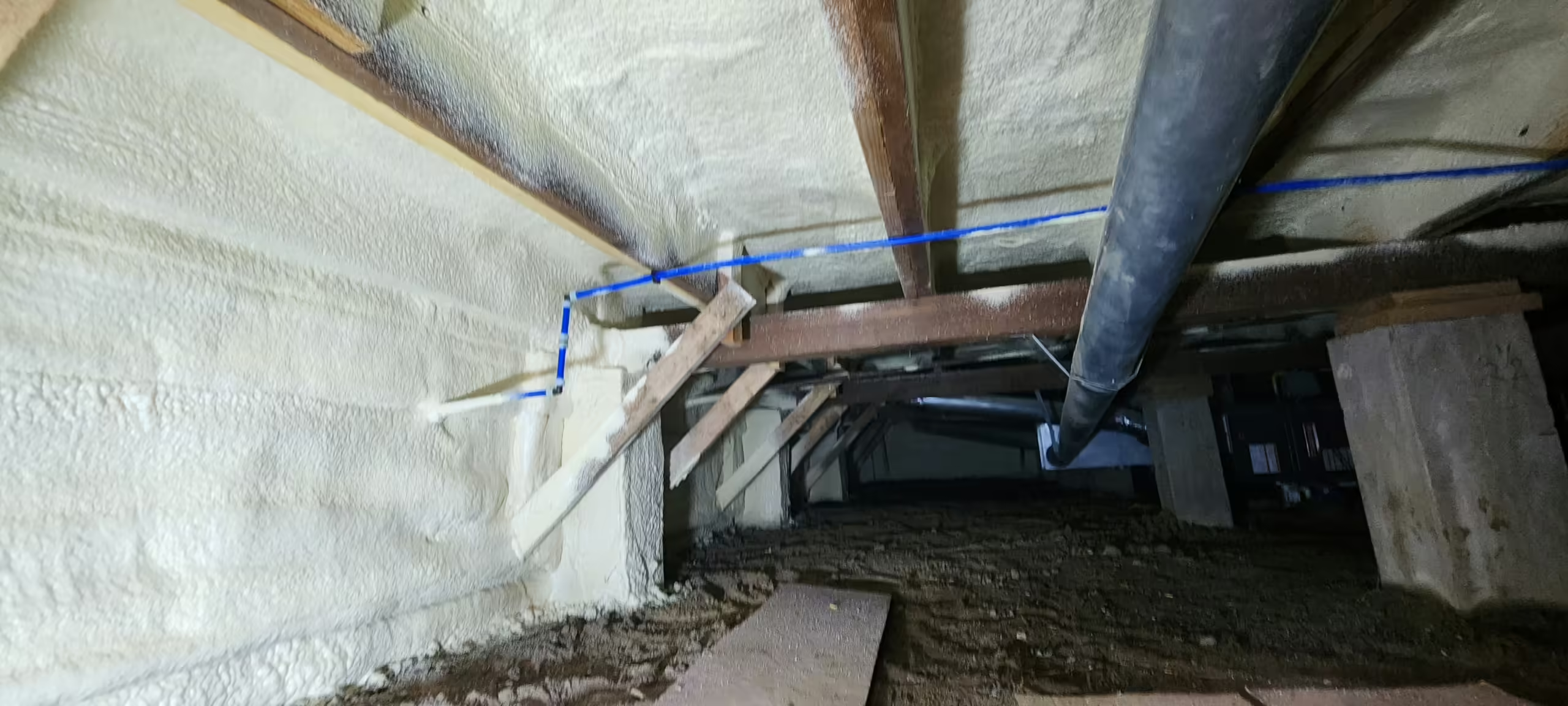 Crawl Space Insulation
Crawl Space Insulation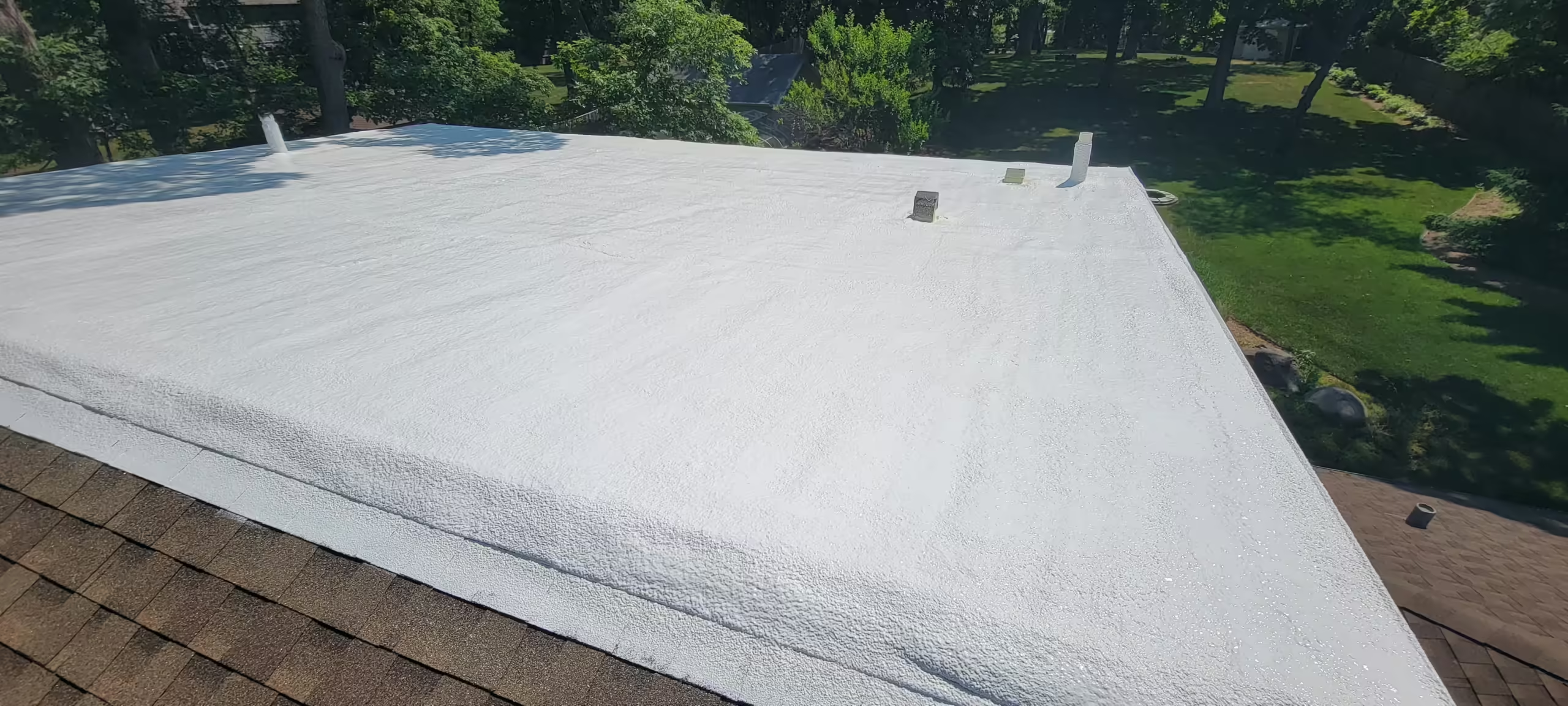 Exterior Wall Insulation
Exterior Wall Insulation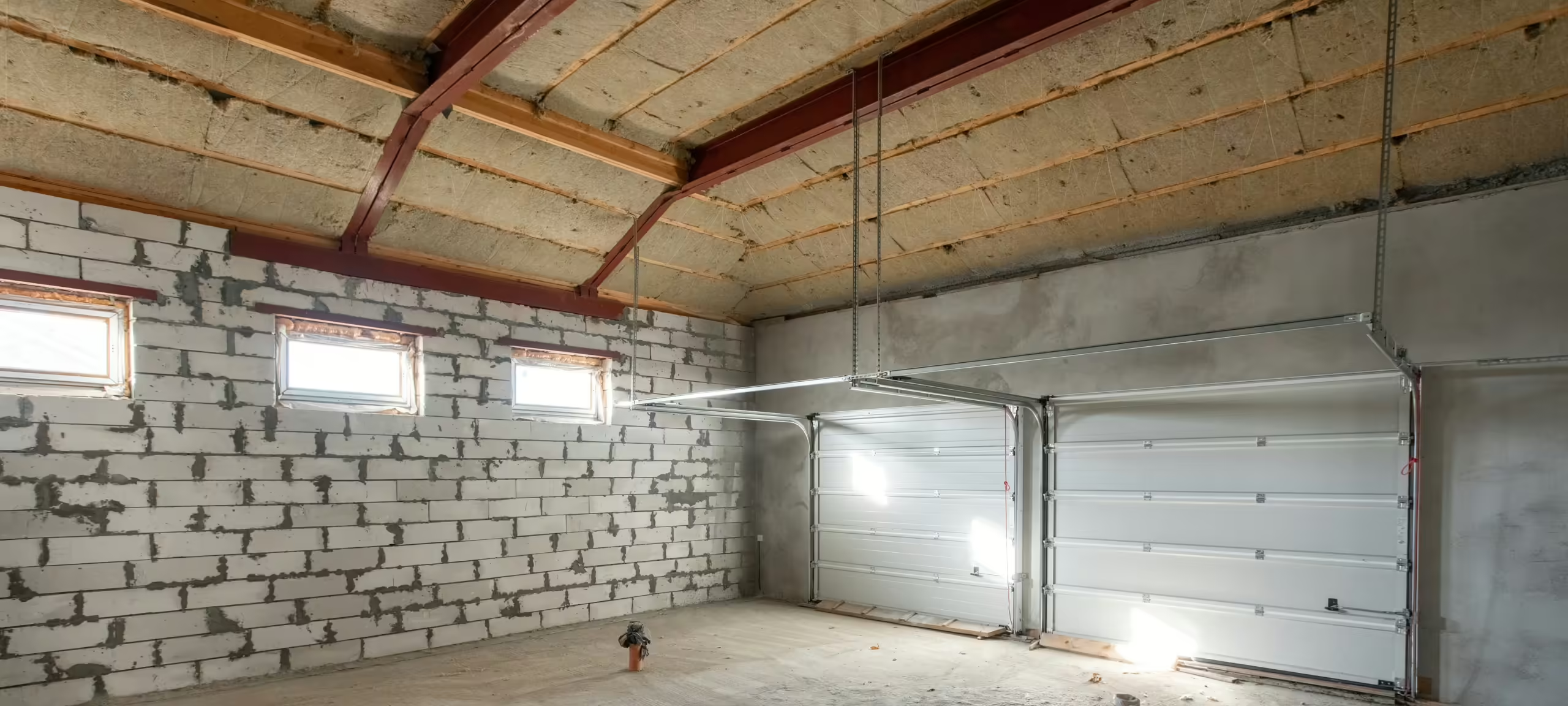 Garage Insulation
Garage Insulation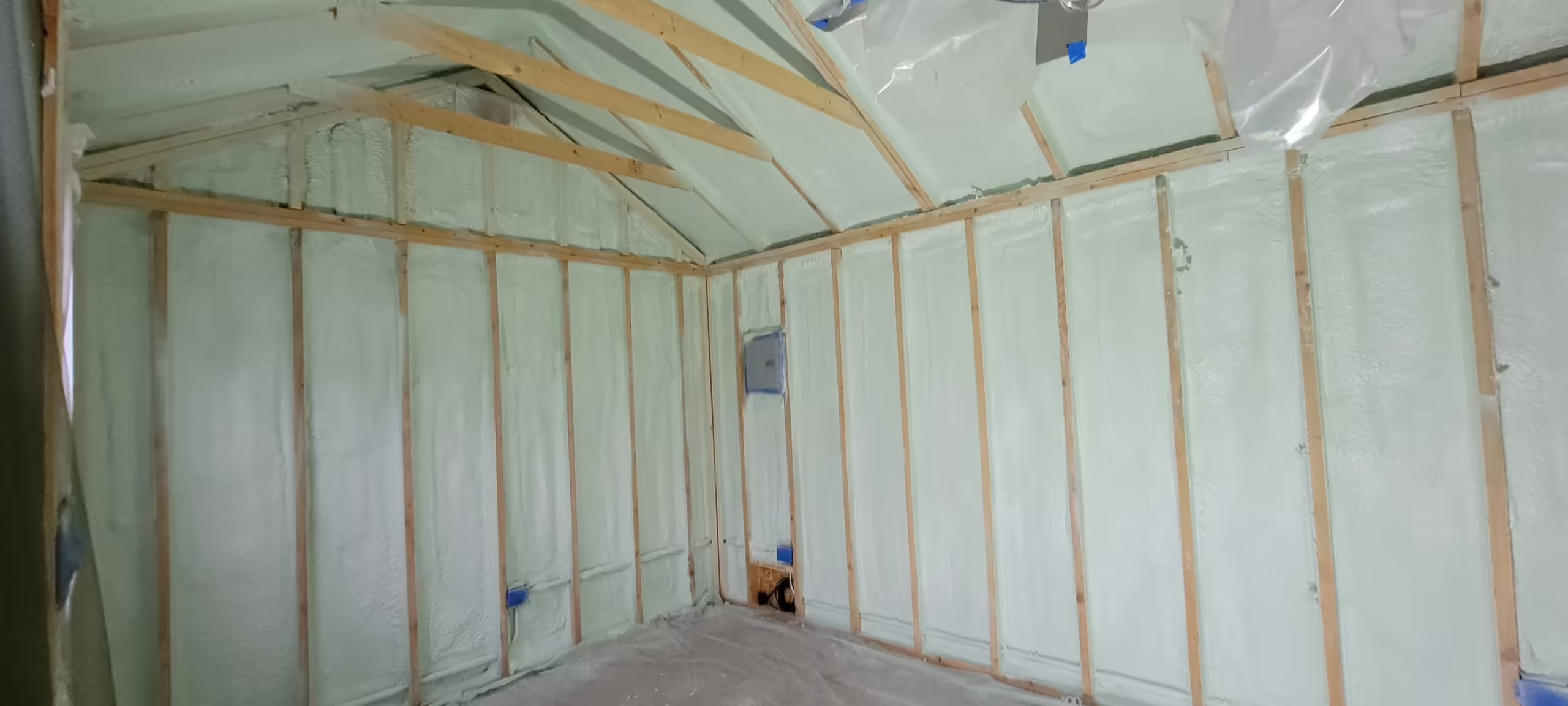 Interior Wall Insulation
Interior Wall Insulation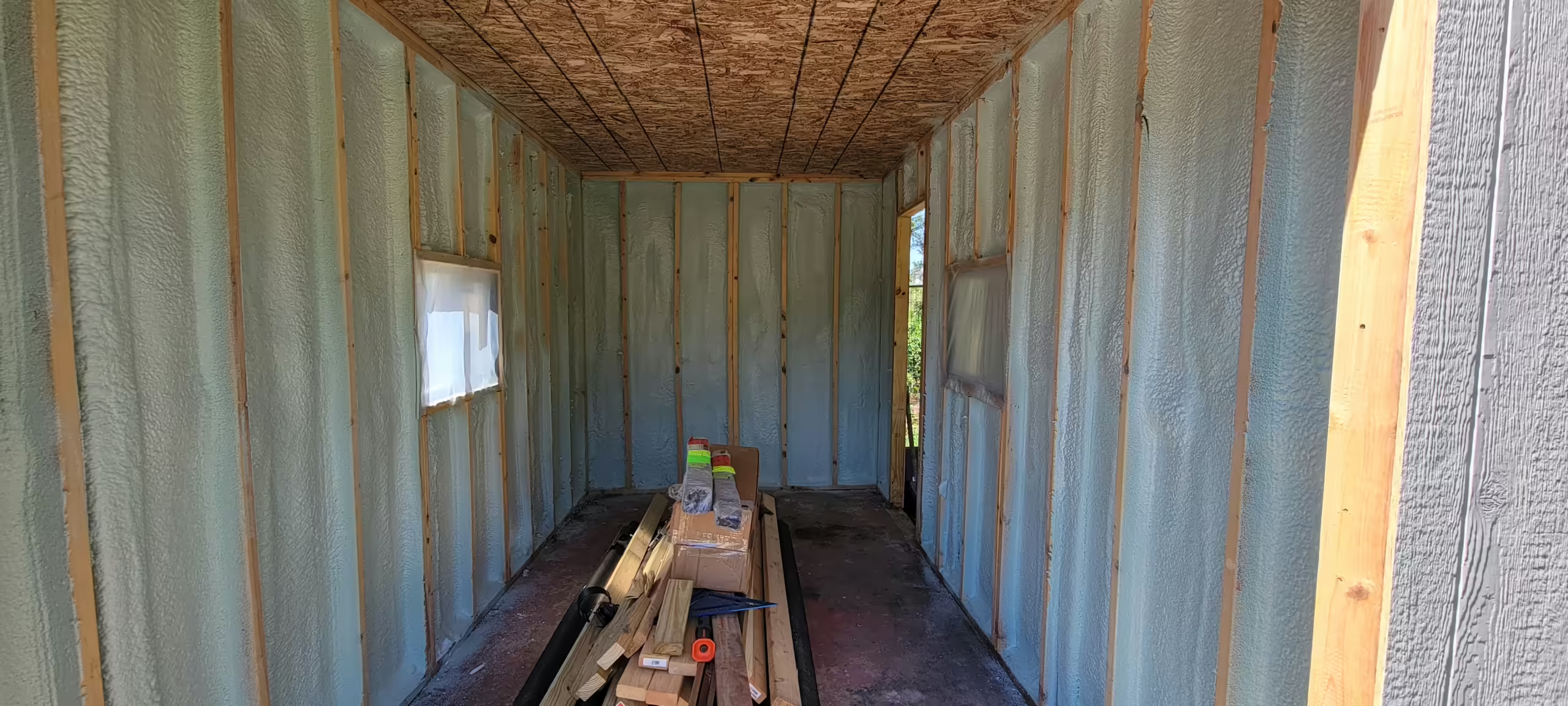 Shed Insulation
Shed Insulation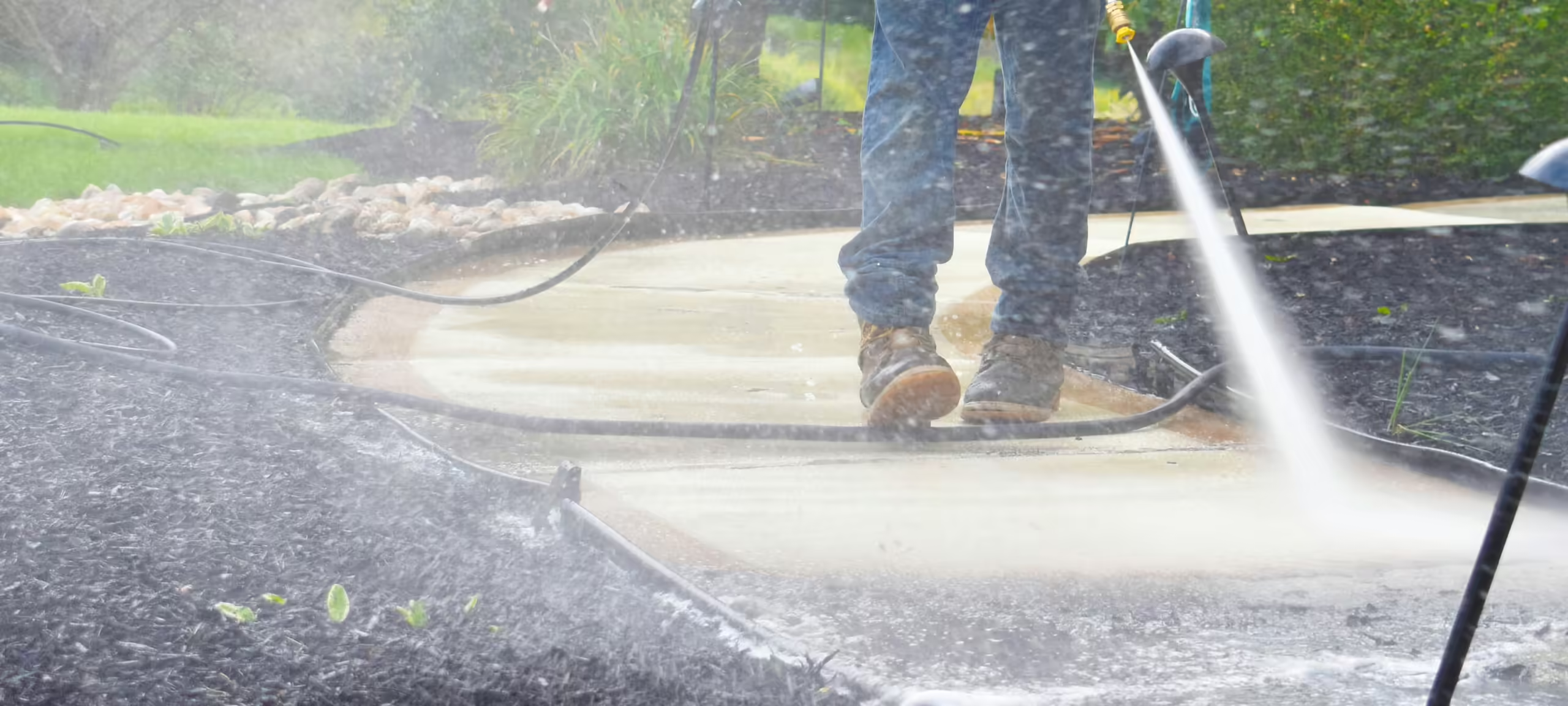 Power Washing
Power Washing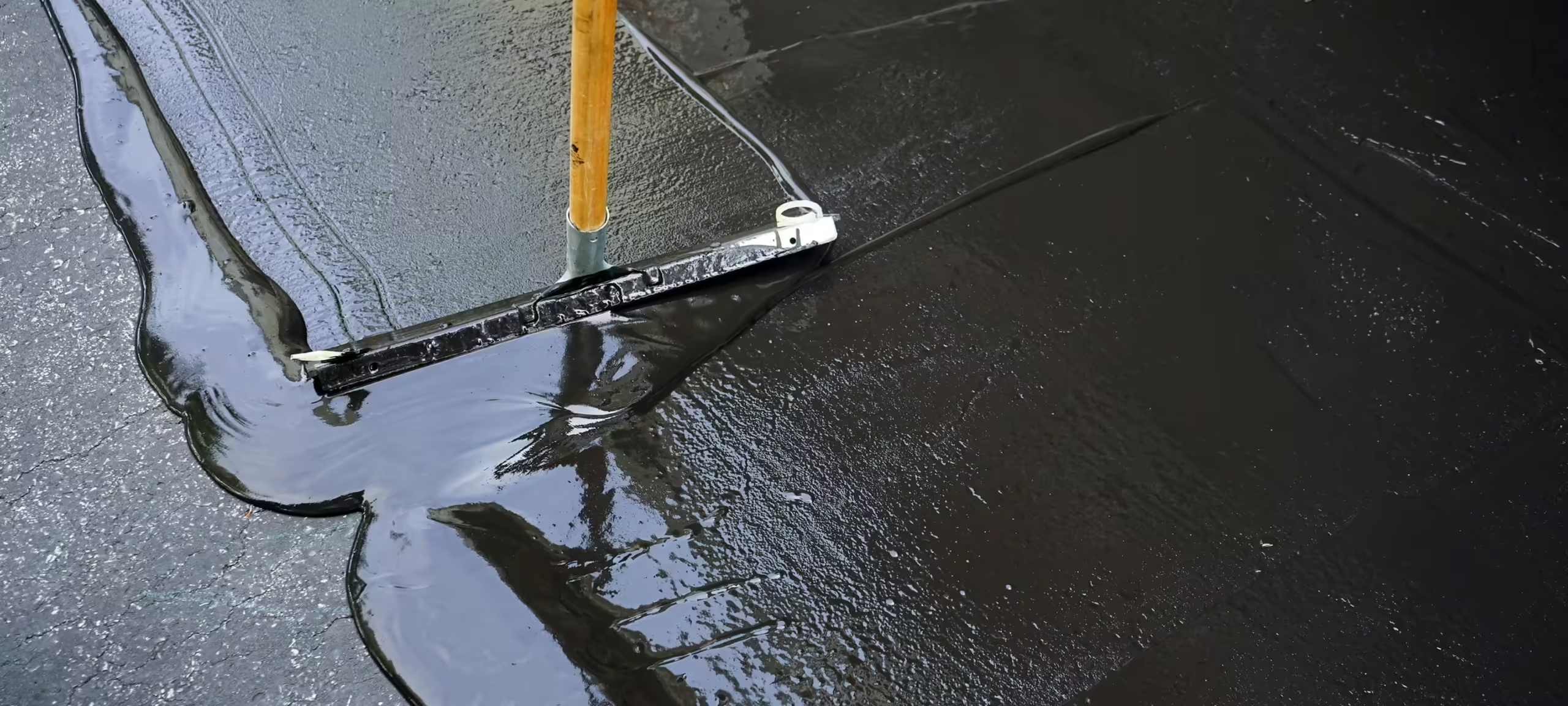 Sealcoating
Sealcoating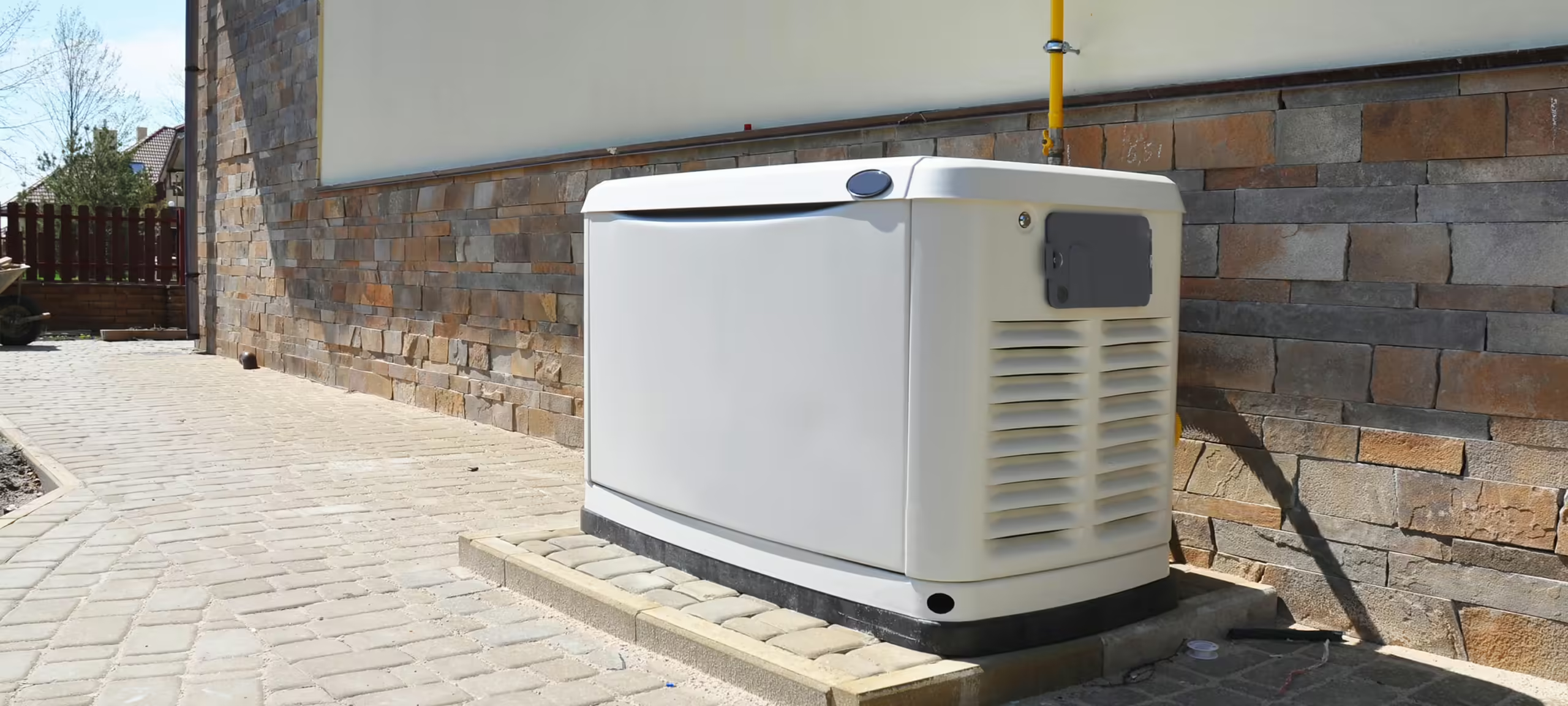 Backup Power Generators
Backup Power Generators Lake County
Lake County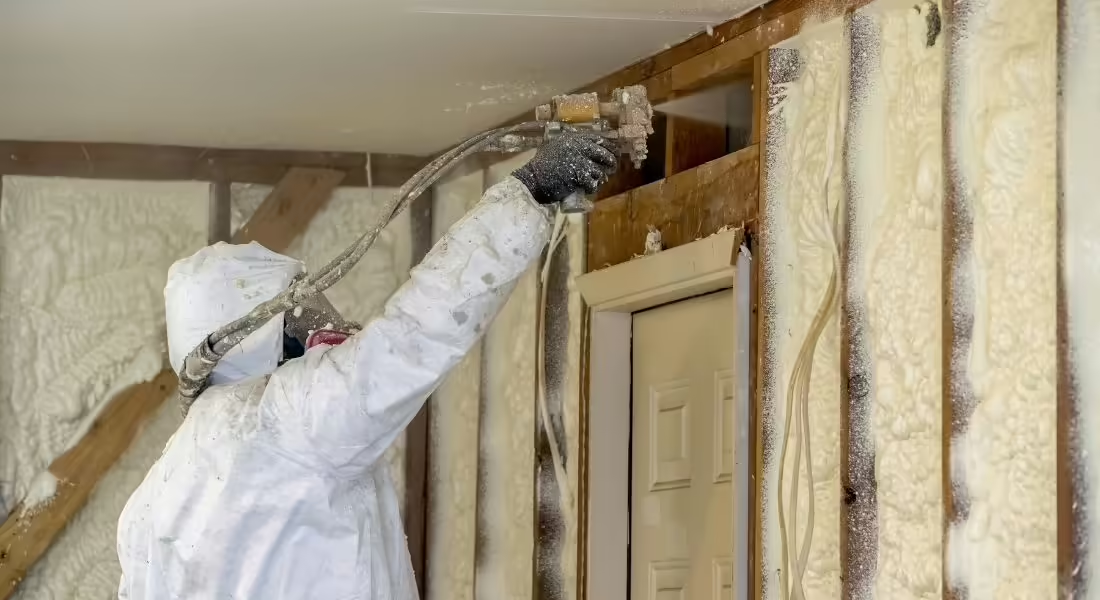 Spray Foam Insulation Guides
Spray Foam Insulation Guides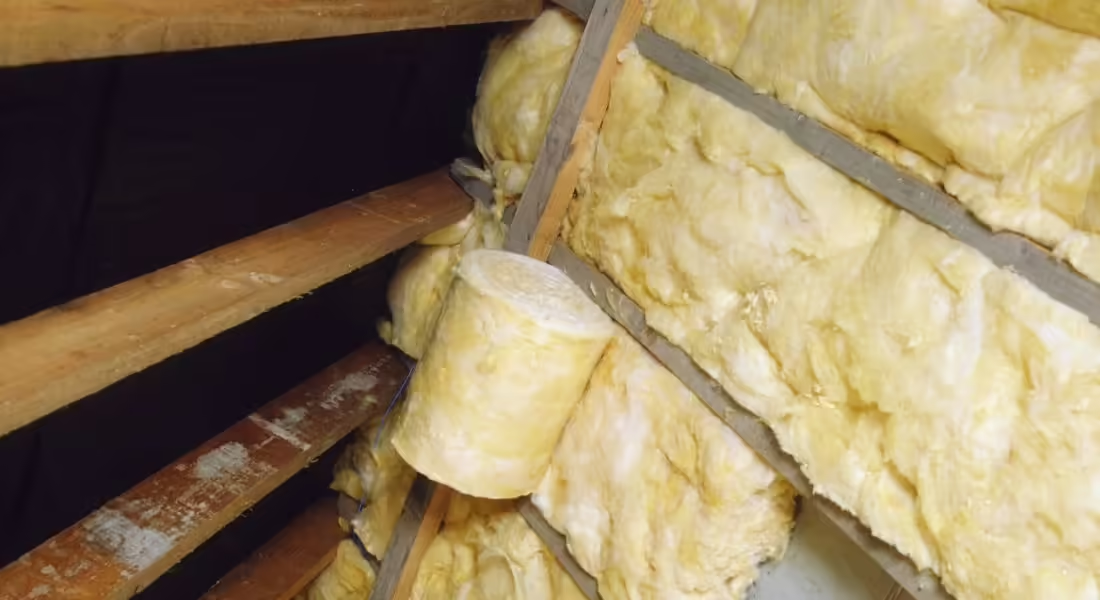 Insulation Guide
Insulation Guide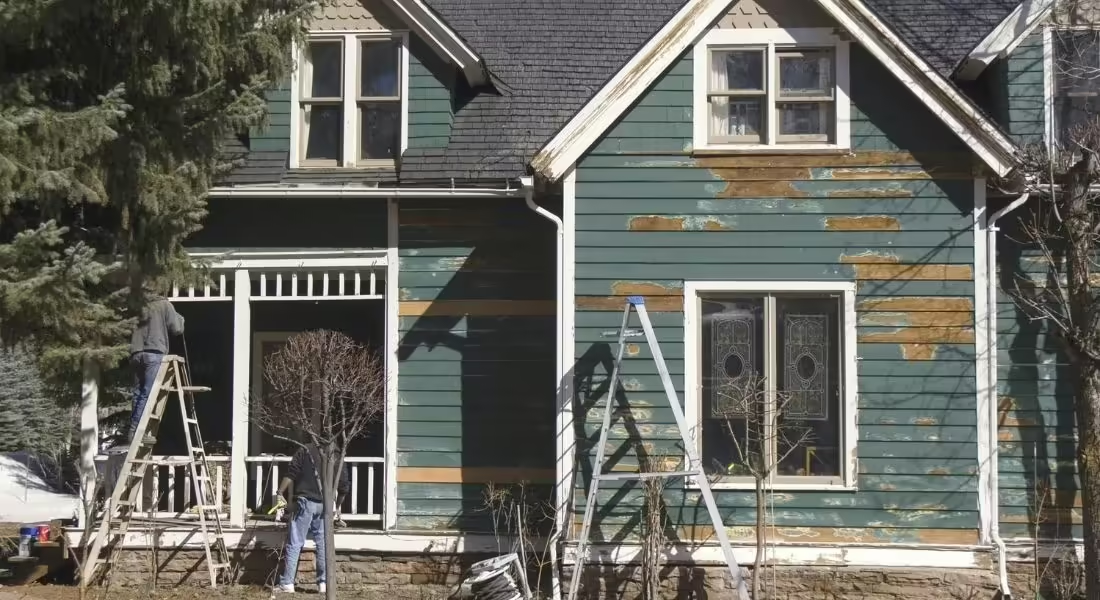 Home Improvement & Maintenance Guide
Home Improvement & Maintenance Guide